Spoiler warning: This review analyzes story and gameplay content in ways that some readers might consider spoiler-heavy.
Imagine your first project at Nintendo was The Legend of Zelda: Ocarina of Time. Where do you go from there? How do you possibly top one of the most critically-acclaimed and beloved titles of all-time? I’m referring, of course, to the career of legendary game designer Eiji Aonuma, who might be considered — at least in some people’s eyes — to have “peaked early” with that Nintendo 64 titan. As someone who’s enjoyed subsequent titles even more than that formative 3D adventure experience, I can’t say I’m in agreement; and yet, it does seem like Aonuma has spent the majority of his career trying to get out of the massive shadow he cast with his first project.
The irony of that, of course, is that many of the console Zelda games to come out in the space between 1998 and 2017 seemed content to iterate on Ocarina‘s formula rather than truly changing it up. From Majora’s Mask to Skyward Sword, though the setting and mechanics changed, the key objective remained exactly the same: conquer a bunch of dungeons to collect magical MacGuffins.
That’s not to undermine what are ultimately some of my favorite games of all-time by someone I consider a genius of design, of course — rather, I mention all this to underscore just how much of a departure The Legend of Zelda: Breath of the Wild is. With this new title, Aonuma has smashed through the limits of the box the series had put itself in, forging a jaw-droppingly massive adventure that combines thirty years’ worth of treasured history with bold experiments that feel decidedly unlike anything we’ve seen Link do before.
Does it all come together and work perfectly? Personally, I don’t think so. But that’s not the story I want people to walk away with — on the contrary, as strange as this might sound, I’ve never been happier to see attempts at new things fall flat… because at least there were chances taken in the first place! I mentioned in my hardware review of the Nintendo Switch that my love for the games of the Big N has been at an all-time low through the Wii U era, and I attribute my lack of enthusiasm to a slate of software that — although mostly consisting of great quality — felt like the company had forgotten how to take risks.
Though Breath of the Wild may have spent many of its development years being thought of as a Wii U game, I hope its arrival at the dawn of the Switch era signals a change in thinking at Nintendo… one that embraces change rather than runs from it. For every part of this new Zelda adventure that didn’t quite click with me, there were another five elements that knocked it out of the park, and I want to congratulate Aonuma and his team for taking all the risks inherent in this sprawling project — whether they worked out or not.
I felt like “risks” were a good thing to mention right out of the gate, because right from the moment you understand its premise, you’re aware of how sharply Breath of the Wild diverts from the majority of the franchise’s recent history. As a longtime Zelda fan who’s played every other title to completion, I spent the first few hours of this game un-learning what I’d picked up from years and years of enjoying the series. The room spun as I reacted with equal parts shock and giddy excitement — Link can jump and climb? You can pick up enemy weapons, which break? And… did I just get a bow within the first thirty minutes of the game?
It’s that premise that really represents the boldest experiment, though, and it feels at once both quintessential Zelda (in that it takes the structure of the series’ first game to its logical conclusion) and shockingly unlike Zelda (in that there is no real attempt to hold the player’s hand at any moment). What Aonuma and his team have done is make this the player’s adventure — with no helper characters and the entire world map available right from the start, how you tackle Link’s quest is really up to you. Like many of the other games, your ultimate goal is pretty simple — this time, defeat the Big Bad called “Calamity Ganon” — but the road you take on the way can be as direct or as winding as you like.
I really mean that, too. As Aonuma mentioned in a pre-release interview, you really can abandon all pretense of exploring the world and head straight for the battle with Ganon if that’s your prerogative. This freedom is… jaw-dropping, to say the least. It just runs so counter to the sort of game design Nintendo has been using for years — no more surly NPCs and waist-high fences gating players’ progress. No more helper characters alerting you to mandatory objectives you’re trying to skip. No need for speed runners to “sequence break” in order to beat the game quickly: that door is open from the very start.
While that can seem daunting to a player just starting the game, especially when you consider just how massive the map really is, the game’s structure is a lot more elegant and organized than it initially appears to be. Let’s face it: the average player isn’t going to have the skill and patience required to both a) infiltrate Hyrule Castle and b) defeat Calamity Ganon with three hearts and early-game equipment. Then it becomes clear: the work you do out in the massive fields and mountains of Hyrule, from solving mini-dungeons called Shrines to collecting new gear, is all in preparation for the epic final battle.
Well… sort of. Here’s where I want to get into what I perceive as the game’s biggest flaw, albeit one that can be rather easily overcome if the player is willing to change their perspective. My advice to anyone playing this game for the first time would be this: don’t think of all the fun you’re having in this world as preparation for the final showdown. The old cliche “it’s about the journey, not the destination” applies to this adventure more than just about any other game I think I’ve played. Since it’s up to the player to create their own structure in this case, without the usual story beats of the most recent Zelda games, it can be tempting — particularly with all the other characters going on and on about how much stronger you need to get in order to destroy Ganon — to get excited for what sounds like it’s going to be an epic finale.

Let me be clear: Of course I know Zelda has never technically been about the storytelling. But with that said, we’ve all been raised on a diet of drama that follows the three-act structure, and most of the franchise’s previous entries — story-light though they may have been — still follow this traditional emotional arc. We get a swooping sensation in our chests as we feel the culmination of everything we played for the previous 30 or 40 hours come to a head in the endgame, and there’s a massive release as all the memories you’ve built up from your journey come flooding back over the end credits. It might sound harsh to say this, but none of the narrative elements in Breath of the Wild ever came close to moving me this way.
It’s odd, too, because the story that does exists has plenty of the stuff I loved in other games: namely, lovable characters from all the different races that inhabit a number of gorgeous settings… and yet, there’s just something that never quite clicked for me here. At least part of that sentiment is owed to the sense of isolation one gets without a partner character, and the much larger and less-intimate feeling one gets exploring the enormous world. The rest is owed to the two biggest objects of my ire in the game: the “memory” system and the final boss battle.
After about the first hour or two of gameplay, you become aware of the game’s first twist: you are Link reincarnated after 100 years, having fallen to Calamity Ganon in what you might call your “previous life.” In order to get the details on this past version of yourself, you can visit various memory-recalling spots around the world, where you’ll see 18 different flashbacks that lead up to the start of the game.
The problems are twofold: one, none of these glimpses into the past are all that revealing or interesting, and two, Breath of the Wild‘s version of Princess Zelda — with whom Link journeyed before his whole “dying” issue — is a bit confusing in her motivations and unpleasantly whiny every moment she’s onscreen. After Final Fantasy XV‘s disappointing handling of Lunafreya, I’m sad to see yet another one of my most-anticipated franchise iterations taking a decided step backward with their female characters. In the end, this Zelda is just another hand-clasping princess who wouldn’t be able to get by without a man to help her out, and that’s a crushing disappointment.

These issues with the story are rough enough on their own, but they’re definitely compounded by the finale, which is an anticlimax in more ways than one. Not only is Calamity Ganon easy enough to beat with relatively little preparation, but the battle also happens with little buildup and ends with little fanfare. It might be a necessity of the way the game’s structured (after all, it has to be at least possible for players to beat Ganon right off the bat), but finishing this game’s meager “main story quest” felt like an afterthought rather than the conclusion to a grand epic. There are multiple endings — which seem to be dependent on the percentage of certain things you’ve collected, such as memories — but neither of the two I got for defeating Ganon felt like much of a finisher after over 40 hours.
But — and this is a very huge “but” — my overall reaction to all this is little more than a disappointed shrug in the face of everything else the game has going for it. I did find it worth mentioning because of its regrettable departure from something I did think worked much better in previous games, but the fact of the matter is that — by focusing on the things does right, which is the vast majority of it — players like me can reduce their disappointment down to little more than a footnote. After all, the focus here isn’t the narrative or emotional arc, but the exhilaration of exploring a world that seems to be endless in its secrets and mysteries. If you can embrace the sense of isolation and the wonder of discovery, you’re going to enjoy yourself immensely.
After cramming in nearly 50 hours of Zelda during the last week (including beating it twice), I feel as though I’ve barely scratched the surface of what this massive game has to offer. For a title to continue to offer surprises after this much time seems like a marvel to me, especially since — for all intents and purposes — most players will see a lot of what the game has to offer mechanically within the first few hours. Consider, just as one example, the “rune powers” the game gives you, which essentially take the place of tools like the Hookshot and Whip from other titles in the series. Though you’ve got basically all of them at your disposal right from the introduction, the game does an excellent job at forcing you to think about using them in new and unexpected ways while visiting the shrine mini-dungeons scattered throughout the map.






















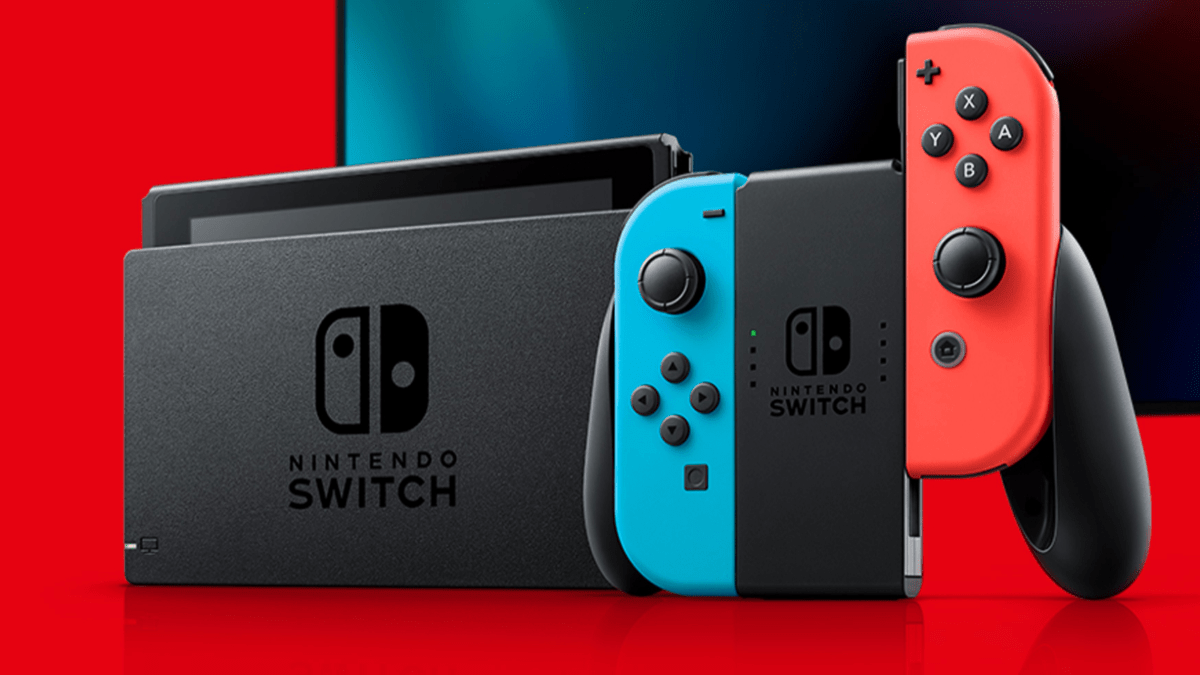
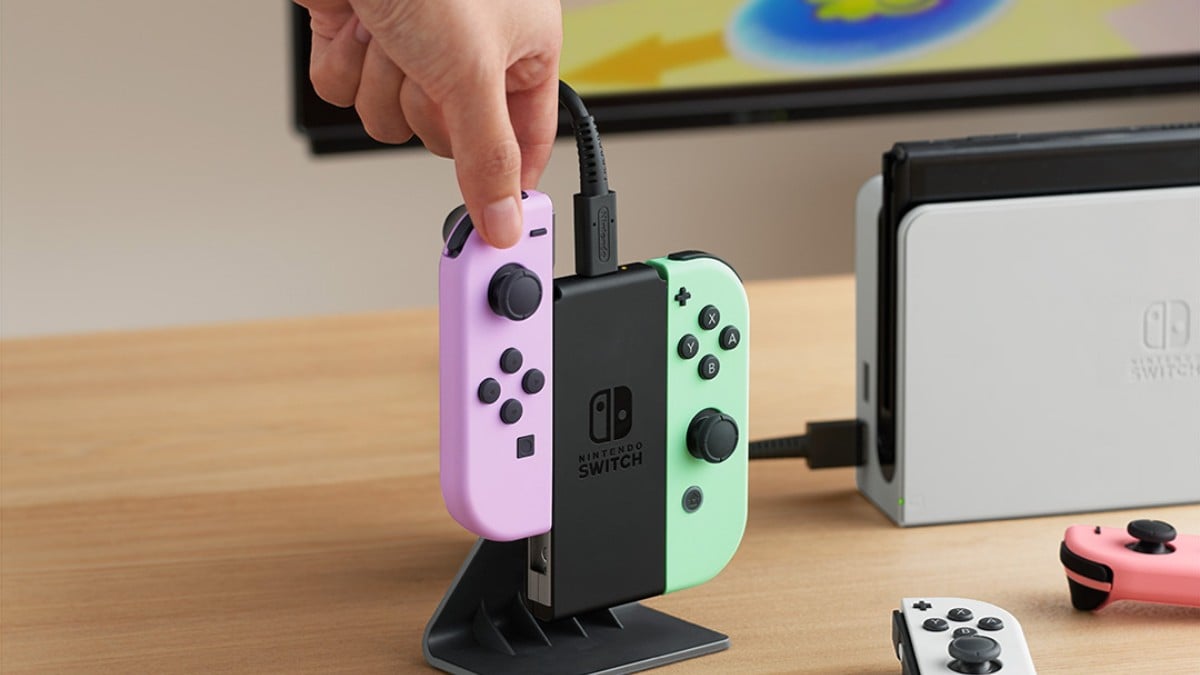
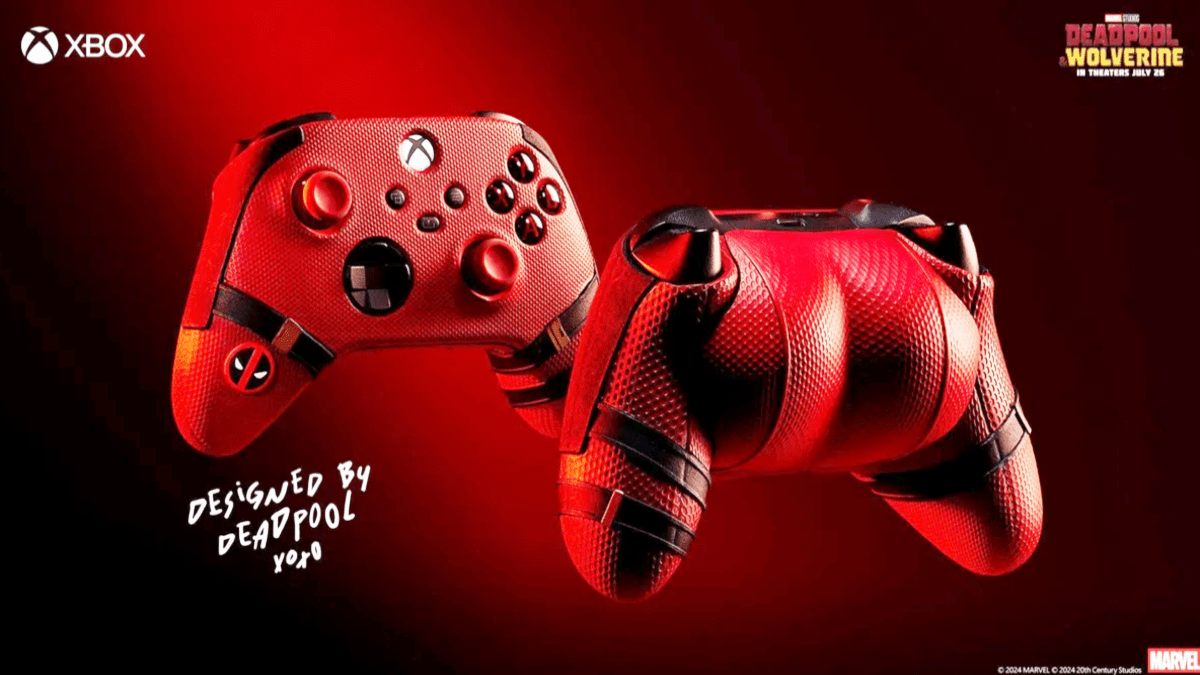
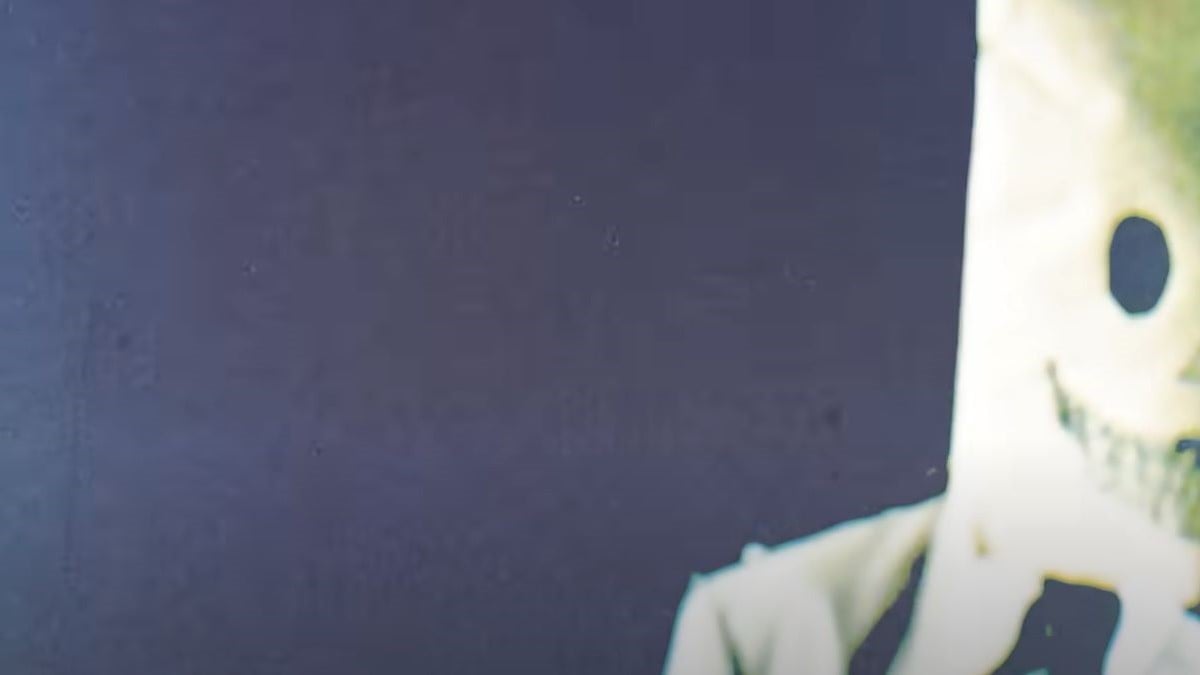
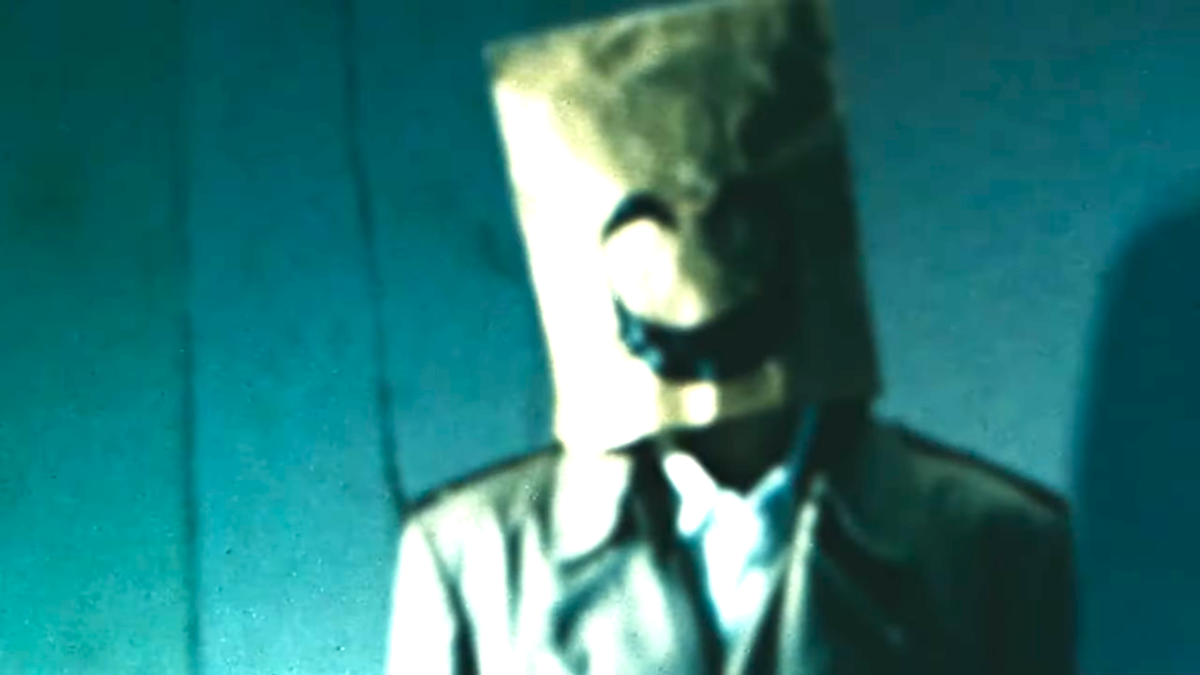
Published: Mar 2, 2017 06:00 am